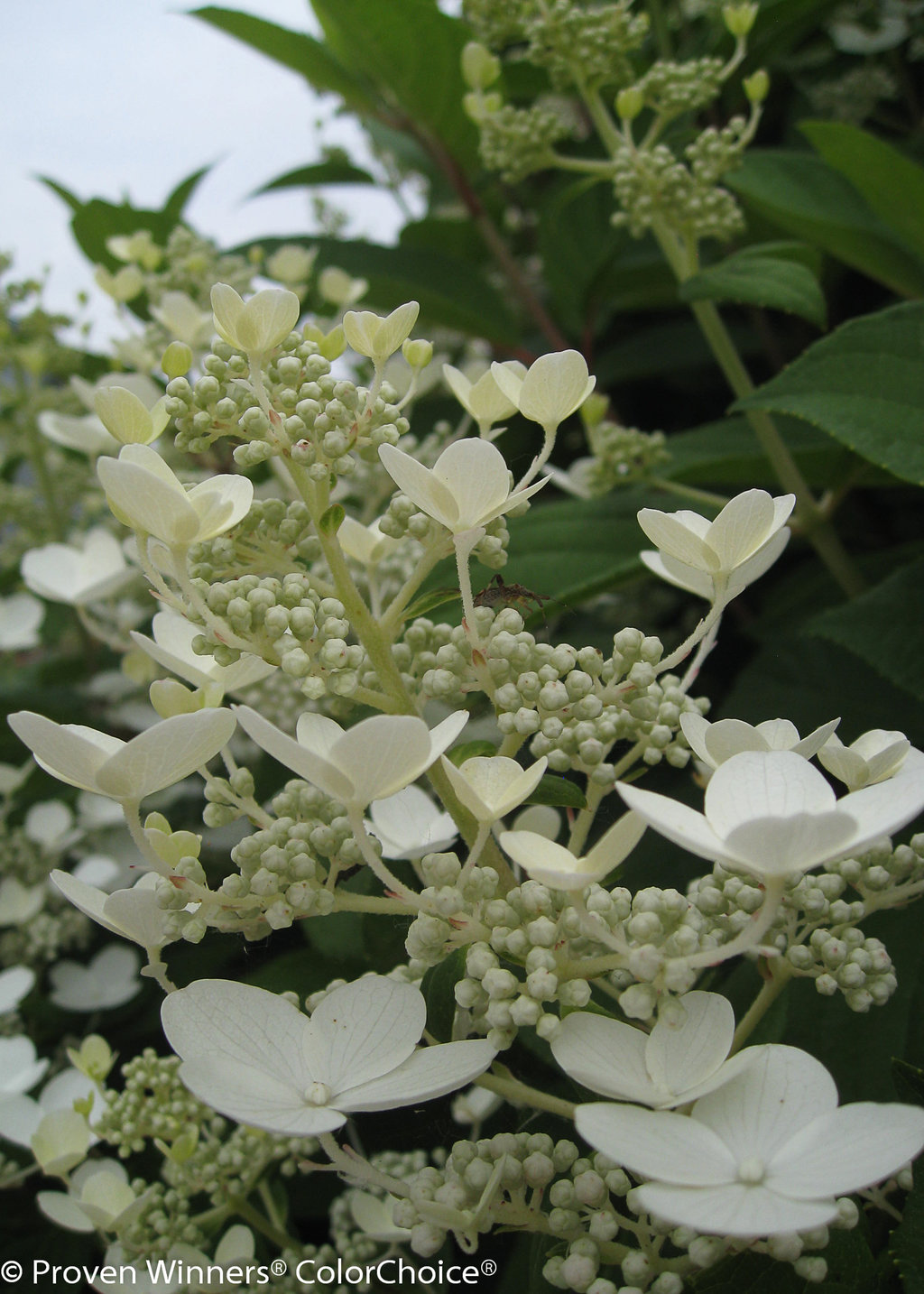Hydrangea (/ha?'dre?nd?i?/;common titles hydrangea or hortensia) is a genus of 70-75 kinds of flowering plant life native to southern and eastern Asia (China, Japan, Korea, the Himalayas, and Indonesia) and the Americas. Undoubtedly the greatest types diversity is within eastern Asia, china notably, Japan, and Korea. The majority are shrubs 1 to 3 meters tall, however, many are small trees and shrubs, among others lianas reaching up to 30 m (98 ft) by climbing up trees. They could be either evergreen or deciduous, although extensively cultivated temperate species are all deciduous.Having been introduced to the Azores, H. macrophylla is quite typical now, on Faial particularly, which is recognized as the "blue island" because of the vast number of hydrangeas present on the island.Life cycleHydrangea bouquets are created from planting season to late fall months; they increase in flowerheads (corymbs or panicles) frequently at the ends of the stems.
Usually the flowerheads contain two types of flowers: small non-showy flowers in the guts or interior of the flowerhead, and large, showy blooms with large brilliant sepals (tepals). These showy blossoms tend to be expanded in a ring, or to the exterior of the tiny flowers. Crops in outdoors populations typically have few to none of the showy plants, while cultivated hydrangeas have been determined and bred to have more of the bigger type bouquets.There are two flower arrangements in hydrangeas with Corymb style inflorescens, which includes the commonly grown "bigleaf hydrangea"--Hydrangea macrophylla. Mophead flowers are large spherical flowerheads resembling pom-poms or, as the name means, the head of a mop. On the other hand, lacecap flowers bear round, flat flowerheads with a center core of subdued, small blossoms bounded by outer jewelry of much larger blossoms having showy tepals or sepals.
The flowers of some rhododendrons and viburnums can show up, initially, a lot like those of some hydrangeas.Ground and colors acidityIn most varieties the blooms are white, however in some kinds (notably H. macrophylla), can be blue, red, green, light purple, or dark purple. In these varieties the color is influenced by the presence of aluminum ions which can be found or tied up depending after the land pH. For H. macrophylla and H. serrata cultivars, the flower color can be dependant on the relative acidity of the soil: an acidic soil (pH below 7), will have available aluminum ions and produce flowers that are blue to purple typically, whereas an alkaline soil (pH above 7) will tie up aluminum ions and lead to pink or red flowers.
This is caused by a color change of the flower pigments in the existence of aluminium ions which can be adopted into hyperaccumulating vegetation.[6] Decreasing the pH of potting soils or mixes usually does not change the flower color to blue, because these soils haven't any aluminum ions. The capability to blue or green a hydrangea is influenced by the cultivar also. Some plants are selected because of their ability to be blued, while others are bred and selected to be red, white or pink. The flower color of most other Hydrangea species is not affected by aluminum and can't be changed or shifted. Hydrangeas likewise have a nickname called 'Change Rose'.
Garden Heights Hydrangea Paniculata Quick Fire
Quick Fire® Hardy Hydrangea Hydrangea paniculata Images Proven

Tidak ada komentar:
Posting Komentar